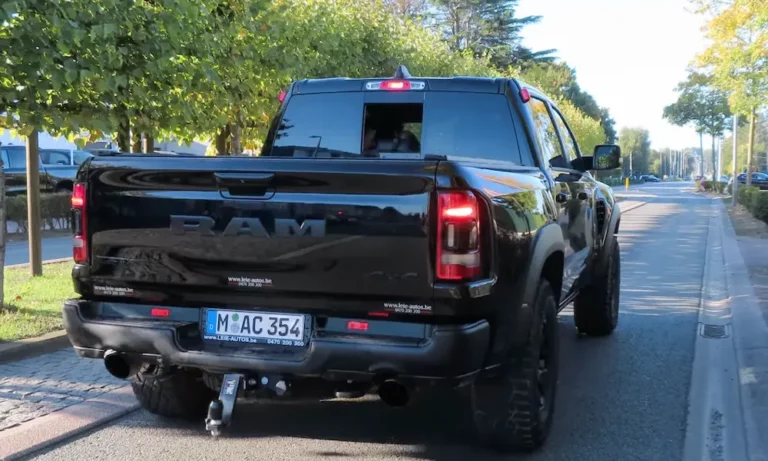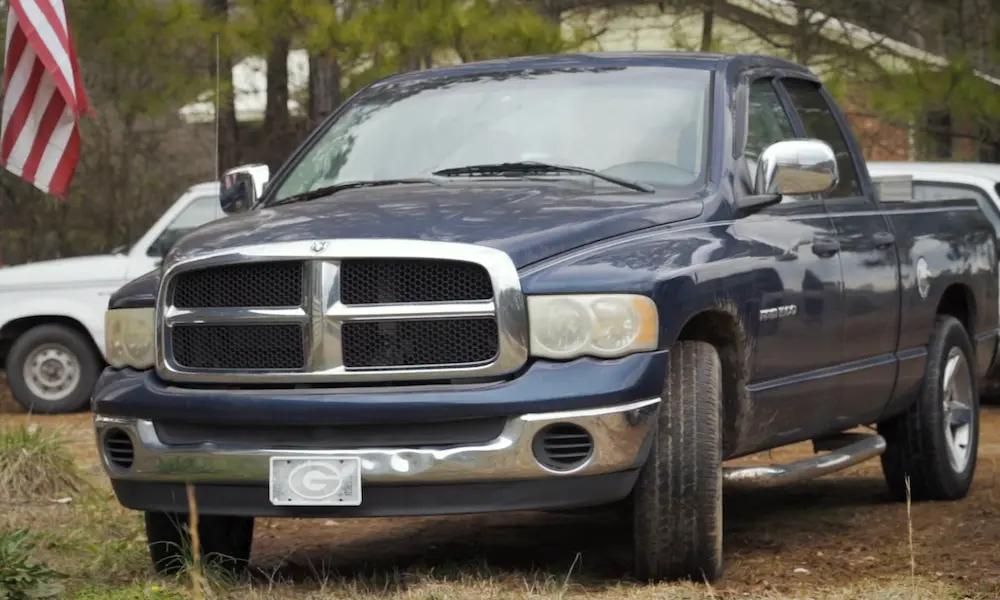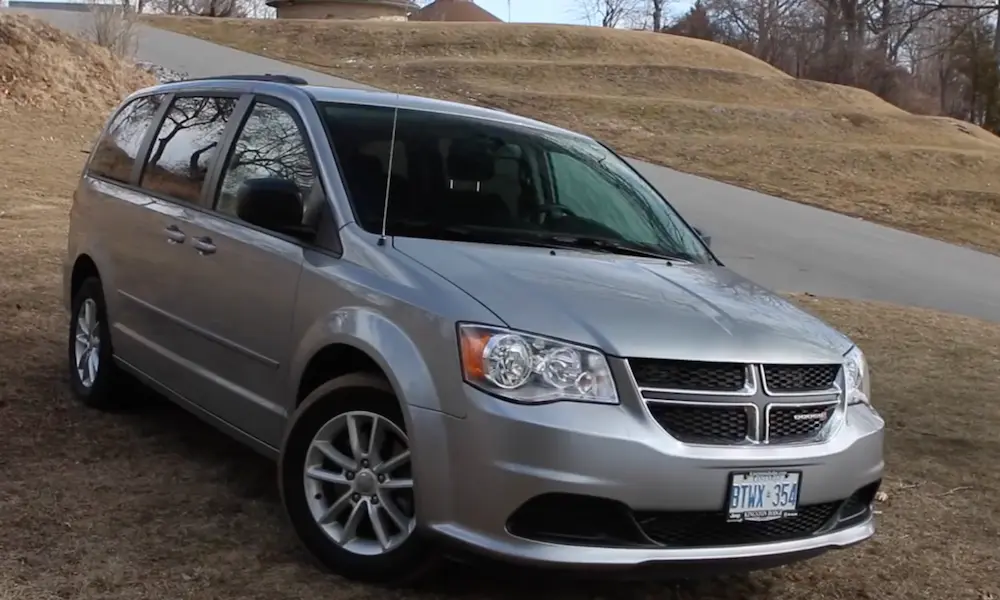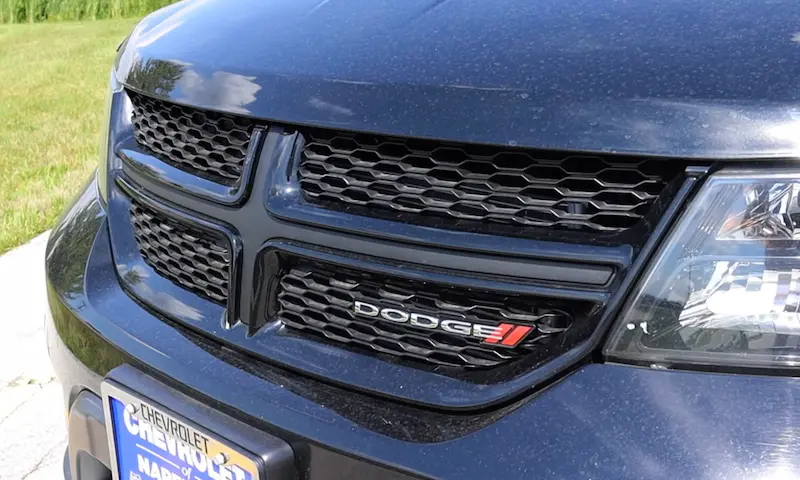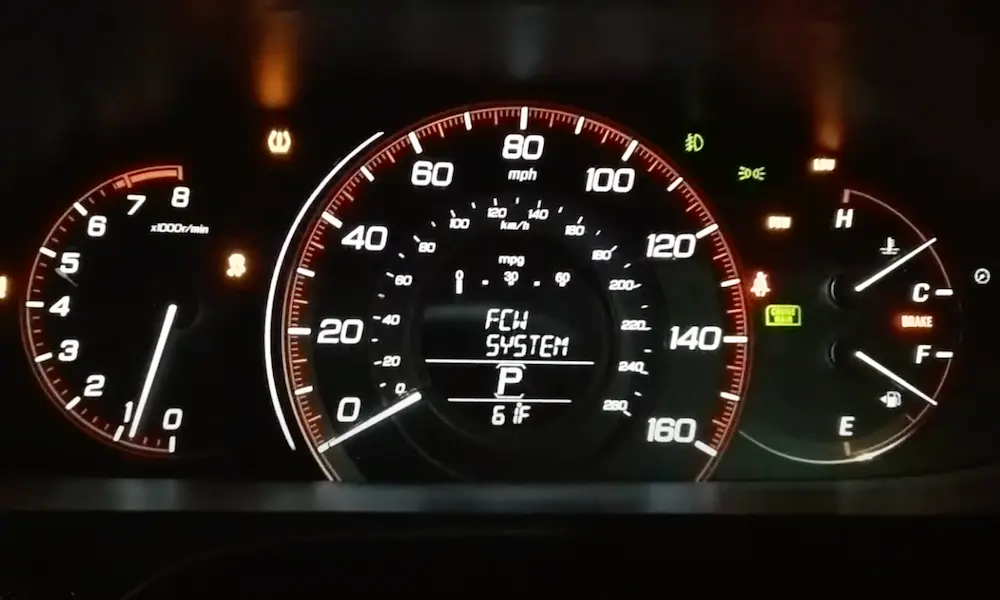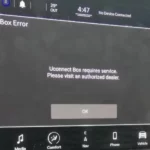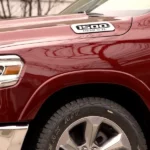Ever seen a red lightning bolt light up your dash with a “Service Electronic Throttle Control” message? It’s enough to make any Dodge Ram owner’s heart skip a beat. Your truck suddenly feels sluggish, the gas pedal gets finicky, and you’re left wondering if you need an expensive repair.
Good news—you might be able to fix it yourself with a simple reset procedure. I’ll walk you through everything you need to know about electronic throttle control issues in your Dodge Ram, from quick fixes to long-term solutions.
What Is Electronic Throttle Control in a Dodge Ram?
Electronic throttle control (ETC) replaced the old cable-operated systems in modern vehicles. Instead of a physical cable connecting your accelerator pedal to the engine, your Ram uses sensors and computers to control throttle response electronically.
The system works by monitoring your accelerator pedal position through sensors and electronically adjusting the throttle plate in the throttle body. When working properly, it delivers smooth acceleration, better fuel efficiency, and lower emissions.
Common Signs Your Ram Has an ETC Problem
How do you know if your truck has an ETC issue? Several telltale symptoms typically appear:
- A “Service Electronic Throttle Control” warning message appears on your dashboard
- A red lightning bolt symbol lights up
- Your truck enters “limp mode” with severely reduced power
- The gas pedal becomes unresponsive or inconsistent
- Engine revs unexpectedly while in park
- Temperature gauge acts strangely or temperature bars disappear
- Check engine light comes on
- Cooling fan activates at high speed regardless of engine temperature
If you’re experiencing any combination of these symptoms, your ETC system needs attention.
How to Reset the Electronic Throttle Control in Your Dodge Ram
Here’s the good news—many ETC issues can be temporarily resolved with a simple reset procedure that takes less than a minute. This reset essentially recalibrates the throttle position sensor.
Step-by-Step Reset Instructions
- Turn off your truck completely (all electrical systems powered down)
- Turn the key to the auxiliary position (or press the start button without pressing the brake pedal in push-button start models)
- Push the accelerator pedal all the way to the floor and then fully release it
- Turn the vehicle off again, removing all electrical power
- Start the engine normally and test for proper throttle response
This sequence often clears temporary electronic glitches that may have triggered the warning. Many Ram owners report immediate improvement following this simple reset, though it might take several drive cycles before the check engine light turns off automatically.
When to Try the ETC Reset Procedure
The reset procedure works best when:
- The warning message has just appeared for the first time
- Problems occurred suddenly rather than gradually worsening
- You’re experiencing intermittent issues
- You’re in a remote location without immediate access to a mechanic
Consider keeping these instructions in your glove compartment—the problem might appear when you least expect it, and the reset can be performed anywhere without special tools.
Why Your Ram’s Electronic Throttle Control Fails
Understanding what causes ETC problems helps determine whether a reset will permanently fix the issue or if you need more extensive repairs.
Electrical and Battery Issues
Battery problems are a leading cause of ETC warnings. When your battery voltage drops below optimal levels, it can confuse the sensitive electronic throttle control module. Check for:
- Aging or partially discharged batteries
- Corroded battery terminals
- Loose battery connections
- Poor ground connections
Ram trucks have some model-specific electrical quirks. Check the large connector beneath the driver’s seat (it can work loose over time, especially on rough roads) and inspect connections beneath the battery tray.
Mechanical Problems with the Throttle System
Several mechanical components can trigger ETC warnings:
- Carbon buildup in the throttle body (restricting throttle plate movement)
- Damaged throttle position sensors
- Worn accelerator pedal assembly sensors
- Damaged wiring in the pedal harness (look for worn insulation)
- Stripped plastic gears inside the throttle body (common in higher mileage trucks)
Environmental Factors That Trigger ETC Warnings
Your driving conditions can influence ETC system behavior:
- Rough roads and excessive vibration may disrupt electrical connections
- Aggressive driving with high RPMs can trigger warnings
- Extreme temperatures affect electronic components
- High humidity can create short circuits
- Dusty environments can contaminate sensors
Beyond the Reset: Advanced Troubleshooting
If the reset procedure only provides temporary relief (or none at all), you’ll need deeper diagnostic approaches.
DIY Diagnostic Methods
Even without professional equipment, you can:
- Perform a “wiggle test” by gently manipulating wiring harnesses while the truck is running to identify loose connections
- Carefully inspect all wiring for signs of damage, especially near the throttle body and accelerator pedal
- Check for loose connectors under the battery tray and driver’s seat
- Clean the throttle body using throttle body cleaner (after disconnecting the battery)
- Test your battery to ensure it’s providing consistent voltage
When to Get Professional Help
Consider professional diagnosis when:
- The reset procedure and basic troubleshooting don’t resolve the issue
- The problem returns immediately after reset
- You need specialized equipment to access certain components
- The check engine light remains on despite multiple reset attempts
Dealerships have manufacturer-specific diagnostic equipment and access to technical service bulletins addressing known ETC issues. Independent shops specializing in Dodge/Ram trucks often offer more cost-effective diagnostic services with comparable expertise.
The Most Common ETC Repair Solutions
After diagnosing the root cause, these are the most effective fixes:
Component Replacements
These parts most commonly resolve persistent ETC issues:
- Throttle body assembly replacement
- Accelerator pedal assembly replacement
- Throttle position sensor replacement
- Engine control module (requires specialized programming)
- Wiring harness repair or replacement
Preventative Maintenance to Avoid Future Problems
Prevent ETC issues with these maintenance practices:
- Test your battery every six months (replace when showing signs of weakness)
- Regularly inspect electrical connections (particularly in high-vibration areas)
- Apply dielectric grease to electrical connectors to prevent corrosion
- Clean the throttle body every 30,000 miles to remove carbon deposits
- Address check engine lights promptly before they cascade into larger issues
Throttle Body Cleaning Guide
A dirty throttle body is a common ETC issue that you can fix yourself:
What You’ll Need
- Throttle body cleaner spray
- Clean lint-free cloths
- Basic hand tools to access the throttle body
- Safety glasses and gloves
Cleaning Process
- Disconnect the negative battery terminal for safety
- Locate the throttle body (typically attached to the air intake manifold)
- Remove the air intake tube to access the throttle body
- Spray throttle body cleaner on a cloth (not directly on components)
- Gently clean the throttle plate and surrounding housing
- Allow to dry completely before reassembly
- Reconnect all components and the battery
- Perform the ETC reset procedure after cleaning
Model-Specific ETC Issues
Different Ram truck generations have unique electronic throttle control challenges:
2009-2018 Ram 1500/2500/3500
These models often experience issues with the connector under the driver’s seat and benefit most from the standard reset procedure. The throttle body design makes them particularly susceptible to carbon buildup.
2019+ Ram 1500/2500/3500
Newer models have updated throttle control systems but can still develop similar issues. Their more complex electronics sometimes require dealer-level diagnostic tools for complete resolution.
Ram EcoDiesel Variants
EcoDiesel models may show different symptoms when experiencing throttle control problems and often have unique diagnostic trouble codes. The reset procedure remains effective, but underlying causes sometimes differ from gas models.
Comparing Professional vs. DIY Repair Costs
| Repair Option | Average Cost | Pros | Cons |
|---|---|---|---|
| DIY Reset Procedure | Free | No cost, immediate, can be done anywhere | May only temporarily fix the issue |
| DIY Throttle Body Cleaning | $10-20 (cleaner cost) | Affordable, addresses common cause | Requires some mechanical knowledge |
| Independent Shop Diagnosis | $75-150 | Expert analysis, proper tools | Additional repair costs after diagnosis |
| Dealer Diagnosis | $150-200 | Factory-trained techs, specialized equipment | Highest initial cost |
| Throttle Body Replacement | $300-800 | Long-term fix for serious issues | Expensive, may require programming |
| Accelerator Pedal Replacement | $150-400 | Relatively easy DIY job | Moderate cost |
When the Reset Won’t Work: Warning Signs
While the reset procedure often works wonders, be aware of these signs that indicate more serious problems:
- The warning returns immediately after reset
- You notice physical damage to throttle components
- Multiple warning lights appear simultaneously
- The truck stalls or won’t start at all
- You hear unusual noises from the throttle body area
- The problem is progressively worsening despite resets
These situations warrant professional attention rather than repeated reset attempts.
Real Dodge Ram Owner Experiences
Many Ram owners share similar experiences with ETC issues:
A 2015 Ram 3500 owner discovered that their service electronic throttle control warning appeared whenever the battery voltage dropped below 13.5V. After replacing an aging battery, the problem disappeared completely.
Another 2017 Ram 1500 owner found that simply cleaning their throttle body and performing the reset procedure resolved intermittent ETC warnings that had plagued their truck for months.
A 2019 Ram 2500 owner traced their persistent ETC problems to a loose connector under the driver’s seat that was being disturbed whenever they adjusted their seating position. Securing it with a zip tie provided a permanent fix.
Conclusion
The electronic throttle control reset procedure offers Dodge Ram owners a simple, no-cost first step when facing frustrating throttle control warnings. While it may not always provide a permanent solution, it often restores normal operation and buys time for proper diagnosis and repair.
Remember that recurring warnings typically point to underlying issues that require attention. By combining the immediate relief of the reset procedure with thoughtful troubleshooting, you can effectively manage electronic throttle control challenges while minimizing costs and downtime.
Keep these reset instructions handy—they might just save your day when that red lightning bolt appears miles from the nearest mechanic.

